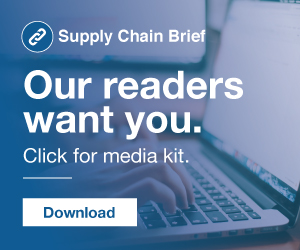Letting Go of the Generational "Threat" of Technology Advancement
EnVista
MAY 23, 2019
Today, people do not think twice about signing up for the next gadget if it makes their life easier. Technology, more often than not, is viewed as a necessity in life. However, it is human nature to be cautious in our approach to technology, asking ourselves if this is really something we should embark upon.











































Let's personalize your content